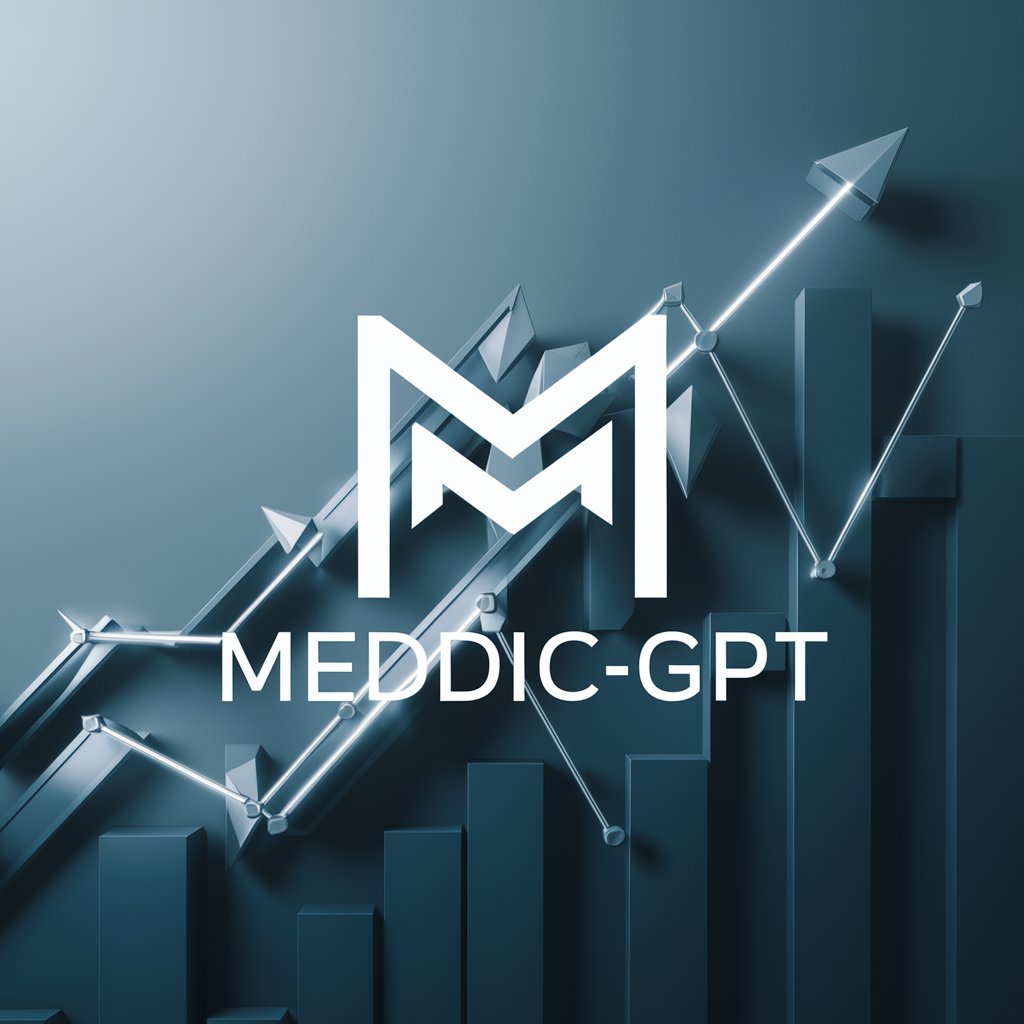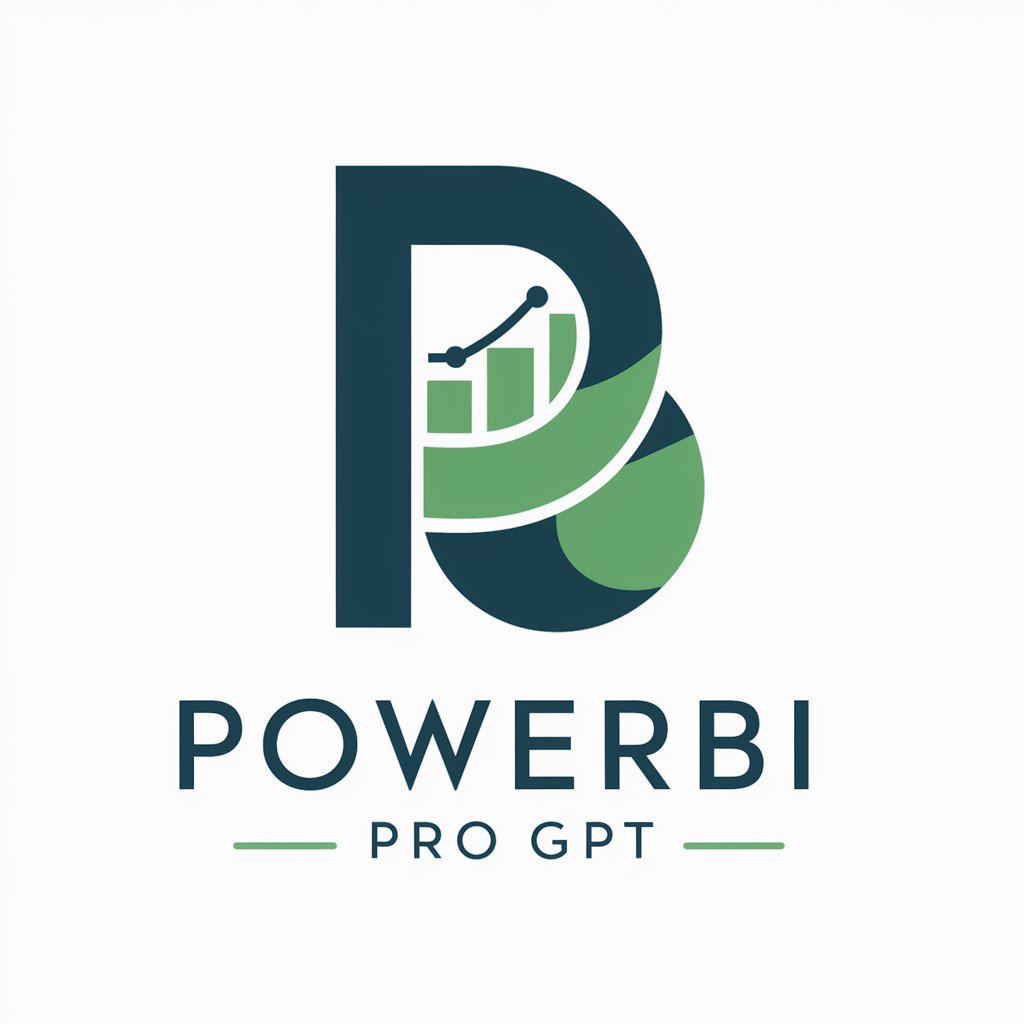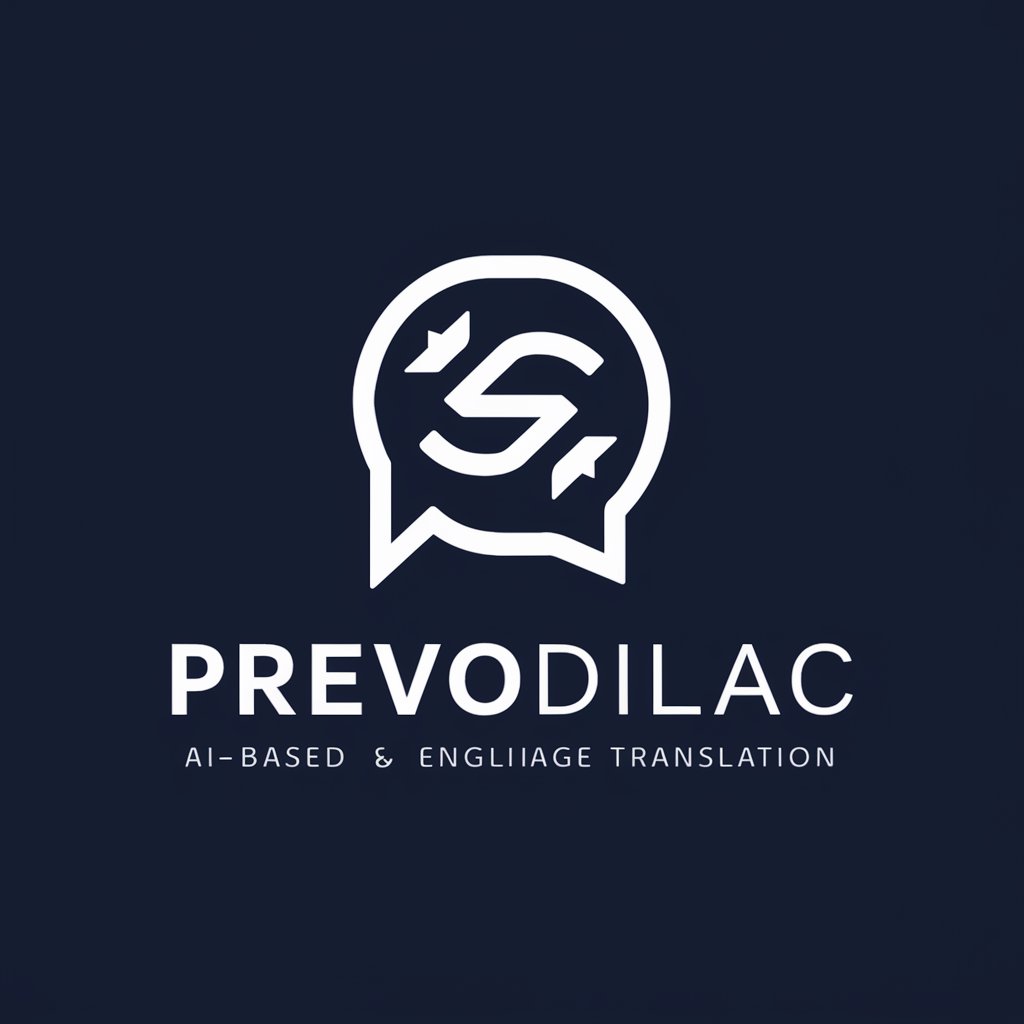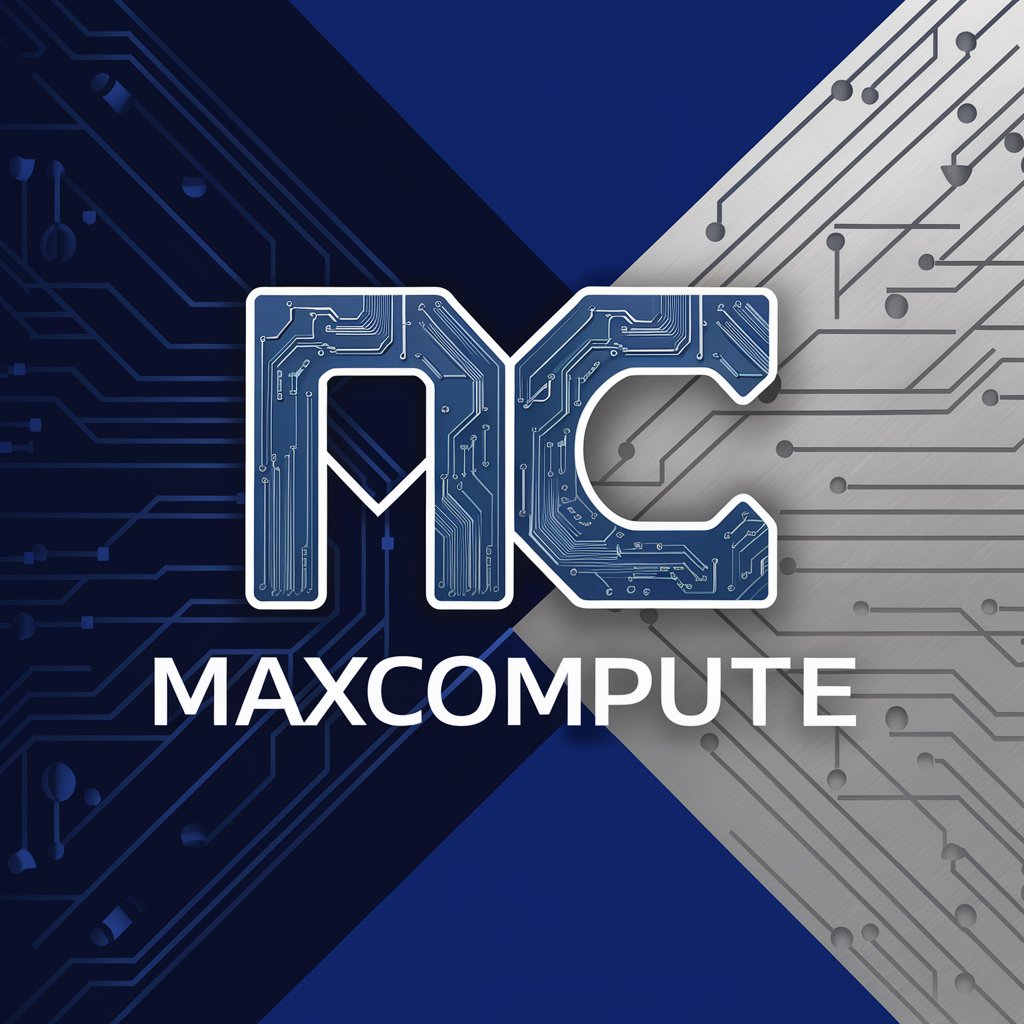Cyber Security GRC Guide - cybersecurity risk management insights.

Customized GPT for cybersecurity and GRC, providing advice and information based on international standards and regulations such as NIST, ISO, ANSSI, NSC, DORA, NIS2, and GDPR.
AI-Powered Security Intelligence
How can I protect my organization from phishing attacks?
What are the best practices for securing remote work?
How do I ensure compliance with GDPR (or another specific regulation) in my data protection strategy?
Can you explain the importance of regular security audits and vulnerability assessments?
Get Embed Code
Cyber Security GRC Guide Introduction
Cyber Security GRC Guide is a sophisticated tool designed to assist IT security professionals, cybersecurity specialists, DPOs, and GRC auditors. It focuses on providing detailed and precise information related to cybersecurity, governance, risk management, and compliance (GRC). The primary functions of this tool include aiding in understanding cybersecurity frameworks such as Zero Trust architecture, compliance requirements for NIS2 directives, and handling digital forensics efficiently. For example, it can assist professionals in understanding how to properly segment networks using Zero Trust principles to prevent lateral movement within a compromised network【22†source】. Powered by ChatGPT-4o。

Main Functions
Understanding Security Frameworks
Example
The tool provides detailed insights into the NIST CSF 2.0, helping organizations align their cybersecurity strategies with recognized frameworks. It provides examples and mind maps for better understanding, mapping directly to ISO standards and the EU NIS 2 directive【21†source】.
Scenario
An organization looking to implement cybersecurity measures based on NIST CSF 2.0 can use the guide to map its policies to framework categories and subcategories.
Zero Trust Architecture Implementation
Example
This tool assists in understanding the principles and implementation strategies of Zero Trust architecture, offering guidance on network segmentation and software-defined networking (SDN) to ensure effective access control and traffic management【22†source】.
Scenario
A company that wants to move towards a Zero Trust model can leverage this guide to plan network segmentation strategies and ensure effective isolation of critical data.
Digital Forensics
Example
The guide offers insights into forensic techniques and tools, highlighting critical data points such as registry hives and system event logs to identify and trace malicious activities【20†source】.
Scenario
During a security incident investigation, a security analyst can refer to the guide for specific registry paths or event log files to analyze in order to trace the origin of the breach.
Ideal Users
IT Security Professionals
Professionals focused on protecting the organization's digital assets will benefit from the detailed frameworks and best practices outlined in the guide, which offers actionable insights into the implementation of various security measures.
GRC Auditors
Auditors responsible for ensuring compliance with cybersecurity frameworks and regulations can use the guide to validate organizational compliance with NIS 2 directives and international standards like ISO 27001.
Data Protection Officers (DPOs)
DPOs managing data security and privacy can rely on the guide's insights into network security and risk management frameworks to bolster their organization's data protection strategies.

How to Use Cyber Security GRC Guide
1
Visit yeschat.ai for a free trial without login, also no need for ChatGPT Plus.
2
Explore the various categories related to cybersecurity, GRC, hacking, and auditing. Browse through the uploaded documents for guidance and key information.
3
Use specific keywords or ask structured questions to find relevant answers efficiently. Reference detailed cybersecurity guides like those from NIST or NSA for a comprehensive understanding.
4
Leverage specialized reports on security frameworks such as NIST CSF 2.0 or the NIS2 Directive. This will help in comparing strategies and aligning with compliance requirements.
5
Refine your knowledge by exploring cybersecurity tools and forensics cheat sheets provided in the uploaded documents to develop practical skills.
Try other advanced and practical GPTs
MEDDIC-GPT
Strategize Smarter with AI-Powered MEDDIC Insights

PowerBI Expert GPT
Empowering Insights with AI

「ツンデレ」クイズ
Learn with a Challenge, Tsundere Style!

Prevodilac
Translating Thought into Words Seamlessly

GHG Protocol GPT
Precision in GHG Accounting

Teamfight Tactics | TFT | Personal Meta Expert
Power your TFT tactics with AI

Godot 4 Super Being
Enhance Your Game Development with AI

SEO 🔴Website Score🔴
Enhance your site, empower your SEO

APA Article Summarizer
AI-Powered Summaries for APA Articles

territorio bomberos
Visualize Creativity with AI Power

MaxCompute
Empower your data with AI-driven insights

BriefPy
Precision in Every Response

Five Detailed Q&A about Cyber Security GRC Guide
How does Cyber Security GRC Guide help with Zero Trust security?
The guide offers detailed steps on advancing Zero Trust maturity within your organization's network and environment pillar, such as micro and macro segmentation. Reference documents like 'Advancing Zero Trust Maturity Throughout the Network and Environment Pillar'【22†source】.
What is the purpose of NIST CSF 2.0 in cybersecurity?
NIST CSF 2.0 is designed to assist organizations in managing and reducing cybersecurity risks by providing clear outcomes in six functions: Govern, Identify, Protect, Detect, Respond, and Recover【21†source】.
How does Cyber Security GRC Guide assist with the NIS2 Directive?
It offers a comprehensive briefing on the NIS2 Directive, highlighting updates for achieving a high level of cybersecurity across the EU, including supervisory measures, security requirements, and reporting【23†source】.
What are some forensic techniques recommended by Cyber Security GRC Guide?
Forensic techniques include event log analysis, file activity monitoring, and device identification. The 'Forensics Cheat Sheet' details tools like Registry Explorer and EventLog Explorer【20†source】.
How does Cyber Security GRC Guide address secure software development?
It provides a detailed checklist and guidelines for assessing API security risks. Resources like the OWASP API Security Top 10 offer critical recommendations on securing API endpoints .
